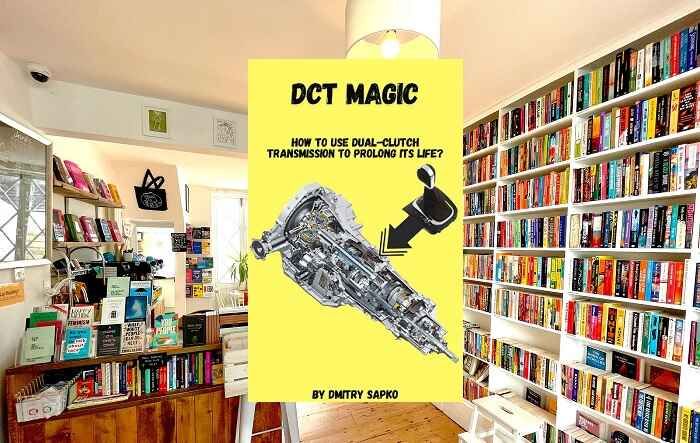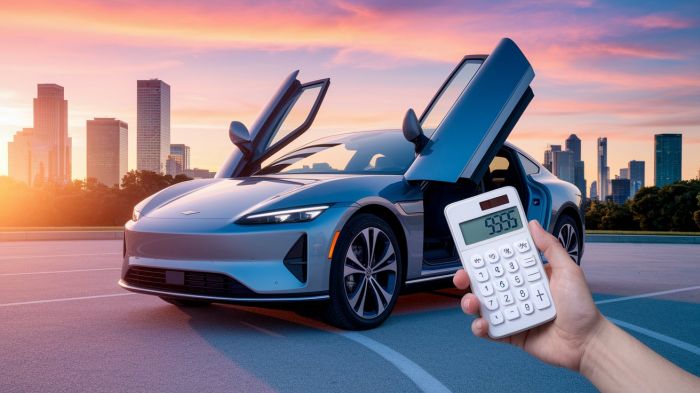Old but gold: That's how we can describe the Yamaha Virago 750. From the line that introduced the first V-twin cruiser in its brand's lineup, the Virago 750 presents a good option for people looking for a reliable big bike that's pretty nifty for beginner and veteran riders alike. It features good performance and amazing durability that's built to last for a long time.
The Virago 750 is not immune to problems though, especially for its age. So, in this article, we will also check the most common problems encountered by owners of this motorcycle to prepare you if you end up encountering them. Quick solutions are provided to help you better diagnose and address the issue immediately, too.
.jpg)
Yamaha Virago 750 Key Features
To better understand the ins and outs of the vehicle, it is important to understand its key features first. This part provides a quick look at the key specs of the Yamaha Virago 750.
The Virago 750 marked Yamaha's entry into the V-twin market for cruisers. It was preceded by the XS750 special and succeeded by the Dragstar 650.
The first line of the Virago 750 was produced from 1981 to 1983. The rather short run of the product in the US was due to the country's very strict tariff rules. As a result, Yamaha was forced to limit the displacement of its motorcycles down to 699cc to comply with the new rules.
The Virago 750 eventually came back in 1988 when the regulations were eased up and it enjoyed a good production run until 1998. That means you can just buy it nowadays in used condition.
- Powertrain
The Virago 750 is powered by a 748-cc displacement, air-cooled, 75-degree V-twin engine with a single overhead camshaft (SOHC). The design and alignment of the engine ensure more advanced air circulation for cooling purposes, and good balance in the engine and wheel axle for improved handling.
The power unit has a bore of 3.26 inches, a stroke of 2.72 inches, and a compression ratio of 8.7:1. It is managed by a carburetor driving the bike's output to 55 hp at 7,000 rpm and 47.72 lb-ft of torque. The low RPM required to produce its peak torque guarantees the comfort of the rider while accelerating. It also utilizes a capacitor discharge ignition (CDI) system and an automatic cam chain tensioner. All that power is distributed via a five-speed transmission that uses a wet, multi-plate clutch to a shaft drive.
Based on estimates, the Virago 750 can go from 0 to 60 mph in just 6.5 to 7 seconds while its top speed averages 99 mph. Meanwhile, the stopping power of the cruiser is controlled by a dual disc front brake and single-piston rear brake.
- Fuel Economy
The Virago 750 has a fuel tank capacity of three gallons plus a 0.7-gallon reserve. Combined with its frugal fuel consumption averaging 39 mpg, it will certainly take you on a long journey before another visit to the pump.
- Design
The exquisite appeal of the Virago 750 comes from its classic design. The 80s vibes are strong in this one as it hadn't changed much in terms of styling from its first and second incarnation models. It is highlighted by its solo-shock rear suspension borrowed from motocross bikes of its time giving it serious street cred. Going around the front shows a telescopic suspension showcasing coil springs and hydraulic dampers.
Most Common Problems of the Yamaha Virago 750
The Virago 750 has gained quite a following since it came out that's why Yamaha had to revive it when the US eased up on its importation rules. To date, it's still one of the highly sought-after motorcycles by riders who have a liking for old-school bikes and collectors. However, it is not without its share of issues.
The most common problems shared by owners of the Yamaha Virago 750 are the following:
- Starter Failure
Despite its use of a CDI system, hard starts are the most common complaints about the Virago 750, especially in its 1981 to 1983 models. It's for this reason that when Yamaha reintroduced it in the US market, it had to update its voltage regulator and ignition switch. Its maker also resorted to rebuilding its vacuum-operated fuel petcocks.
If your Virago 750 is experiencing hard starts, there are a few potential causes you can check. Start by checking the voltage regulator and ignition switch. If these are not functioning properly, they may be causing the problem. Next, check the vacuum-operated fuel petcocks.
If they are not working properly, they may be preventing the fuel from reaching the engine, causing it to stall. Lastly, check the carburetor float level. If it is too low, it may be preventing the engine from getting enough fuel, causing it to stall.
Once you have diagnosed the source of the problem, you can apply the appropriate solution. For example, if the voltage regulator and ignition switch are to blame, you can replace them with new ones. If the carburetor float level is too low, you can adjust it accordingly.
If all the initial solutions fail to do the job, another major cause of concern relating to this issue is a faulty ignition coil. One way to test whether the ignition coil is faulty is to measure the resistance between its terminals using a multimeter. The resistance should be within a certain range; if it isn't, then the coil is most likely defective. Another test that can be done is to check for sparks at the spark plug while the engine is cranking. If there is no spark, then the ignition coil may be to blame.
Several things can cause an ignition coil to fail, such as dirt and debris build-up on the coils, voltage surges, or simply age and wear. To clean the coils, use a brush and some compressed air to remove any dirt or debris. For voltage surges, install a surge protector to safeguard against power spikes. Finally, if the coil is simply old and worn, it will need to be replaced.
If you suspect that your ignition coil is faulty, make sure to have it checked by a professional mechanic to confirm the diagnosis and avoid further damage to your engine.
- Bogging
It's been 24 years since the last Virago 750 was rolled out from Yahama's US dealerships. Considering its age, it may be prone to bogging.
Bogging is a common problem with the Yamaha Virago 750, especially when riding at high speeds. The symptoms of bogging are loss of power, hesitation, and stalling. These symptoms can be caused by several different things, so it's important to diagnose the problem correctly before trying to fix it.
One main cause of bogging in the cruiser is an air leak in the intake system. This can be diagnosed by checking for air leaks at all of the intake system components, such as the air filter, carburetor, and intake manifold. Another possible cause of bogging is a fuel system issue, such as a dirty fuel filter or clogged system. The best way to diagnose this problem is to hook up a fuel pressure gauge to the fuel system and test the pressure.
Once the cause of bogging has been diagnosed, it can be fixed by repairing or replacing the parts that are causing the problem. For example, if an air leak is a cause of bogging, then the air filter, carburetor, or intake manifold will need to be replaced. If a fuel system issue is a cause of bogging, then the fuel filter will need to be replaced or cleaned if they are not yet worn.
Again, we can't emphasize enough the need to seek the help of an experienced mechanic in this instance so the problem can be diagnosed and repaired properly.
The durability of the Yamaha Virago 750
The common problems reported by owners of the Yamaha Virago 750 mostly stem from the age of the cruiser. Therefore, they don't affect one bit our strong regard for the bike when it comes to reliability.
Details are scarce about the actual mileage of the Virago 750 but the average consensus lies around the 50,000-mile mark. There are also a few who claim to have logged over 80,000 miles on their bikes.
Nevertheless, the fact that we still encounter people riding their Virago 750 bikes on the highway today is a testament to their longevity. Again, these products have been extinct for more than two decades. Some riders are even using the 80s models of motorcycle, which are definitely more impressive.
Conclusion
What's not to love about the Yamaha Virago 750? It comes from a brand known for its mastery of motorcycles, it comes with a classic look with strong street cred, and performance to boot. The fact that we still find them on the road today speaks a lot about their durability.
Just be sure to provide it some TLC with periodic maintenance and address problems that you may come across immediately to ensure more years and tens of thousands of mileage of your bike.
About the authors
The CarAraC research team is composed of seasoned auto mechanics and automotive industry professionals, including individuals with advanced degrees and certifications in their field. Our team members boast prestigious credentials, reflecting their extensive knowledge and skills. These qualifications include: IMI: Institute of the Motor Industry, ASE-Certified Master Automobile Technicians; Coventry University, Graduate of MA in Automotive Journalism; Politecnico di Torino, Italy, MS Automotive Engineering; Ss. Cyril and Methodius University in Skopje, Mechanical University in Skopje; TOC Automotive College; DHA Suffa University, Department of Mechanical Engineering





Add comment